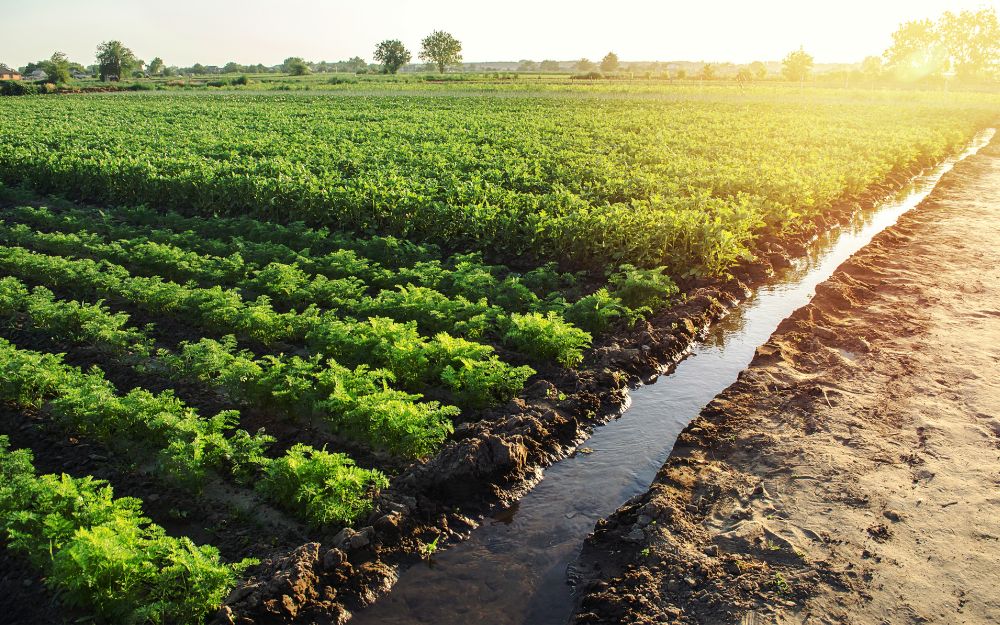Carbon farming has become a popular means by which landholders can help both reduce greenhouse gas emissions from land management practices and earn revenue from government-supported programs.
The practice refers to agricultural and vegetation methods used to either increase carbon storage in our landscapes, such as trees and soils, or to avoid the release of greenhouse gases such as methane and nitrous oxide through active management of vegetation, fire, soil or livestock.
In this post we take a more detailed look at carbon farming initiatives operating in Queensland.
Carbon farming in Queensland
In Queensland there are now more than 250 carbon farming projects operating under the Australian Government’s Emissions Reduction Fund (ERF). In addition, the State’s Land Restoration Fund (LRF), introduced in 2017, is designed to grow carbon farming in Queensland by supporting projects that deliver Australian Carbon Credit Units (ACCUs).
One ACCU is earned per tonne of greenhouse gases stored or avoided by a project.
Under the ERF, participants with a registered carbon farming project can bid for contracts to sell ACCUs to the Commonwealth at the lowest cost or sell them to private sector purchasers who use them to reduce their emissions.
By contrast, the LRF values ‘co-benefits’ associated with carbon farming, with those projects registered with the Clean Energy Regulator able to sell ACCUs to the LRF and receive annual payments based on demonstrated carbon storage achievements.
‘The LRF was the first scheme in Australia to value and pay for the strong co-benefits associated with carbon farming projects,’ Queensland Environment Minister Meaghan Scanlon has said.
‘This means Queensland landholders aren’t just paid for the carbon they store but will also benefit from longer-term outcomes like healthier waterways, increased habitat for threatened species, and more resilient landscapes.’
Under the ERF and the LRF, landholders are encouraged to undertake measures which store carbon or avoid emissions from agricultural activities, or both.
Sequestration projects, for example, seek to remove carbon dioxide from the atmosphere by retaining it in plants as they grow through reforestation, revegetation, restoring lands and protecting native forest or vegetation that is at imminent risk of clearing.
Other support for carbon farming initiatives
State government support for carbon farming initiatives includes helping a landholder find an emissions reduction method most suitable for their property. An online tool by the CSIRO shows landholders landscape options, the benefits of carbon abatement and a way to assess carbon farming options for their property. The Queensland Rural and Industry Development Authority (QRIDA) has a list of approved advisers who can provide advice on carbon farming.
Clarrisa Moore of our firm is a Land Restoration Fund Approved Adviser through QRIDA.
Is legal advice necessary?
For a landholder to register a carbon farming project with the ERF or apply under Queensland’s LRF, they must have a legal right to carry out the project on the site, as well as a lawful and exclusive right to be issued carbon credit units generated by the project.
Specifically, the Clean Energy Regulator requires consents from all holders of an eligible interest in the land in order for a project to be registered, including mortgagees over the property.
Where the proposed project is on Crown Land (also known as State land), the law requires the consent of the relevant State Government Minister as an eligible interest holder. A landholder should also consider whether Native Title exists over the property. Where Native Title has been determined to exist, the law requires the consent of the registered native title body corporation to the application for project registration.
A Services Agreement, pursuant to which a landholder engages a service provider to undertake various tasks relating to the project, should be reviewed by an advisor experienced in the area. The Service Agreement covers numerous topics including the preparation and submission of the application for project registration, reviews of the land management strategy, sampling, verification and reporting as well as various other legal obligations assumed by the landowner and the service provider. Service Agreements include various other clauses including legal indemnities and releases, termination and breach clauses and force majeure clauses.
For these reasons and more, landholders should seek professional legal advice before entering an agreement for Carbon Farming on their land. Our experienced team at South Geldard Lawyers can provide you with the right advice on carbon farming agreements. Call us now if the issues raised in this article are relevant to you.
Also see other articles: –
- Emissions Reduction Fund methods;
- The Carbon Farming Advice Scheme
- Carbon rights on State Land – Leasehold property
It is important to seek specific advice regarding your circumstances as this fact sheet provides general information only and does not constitute legal advice. This article is current as at July 2023.


